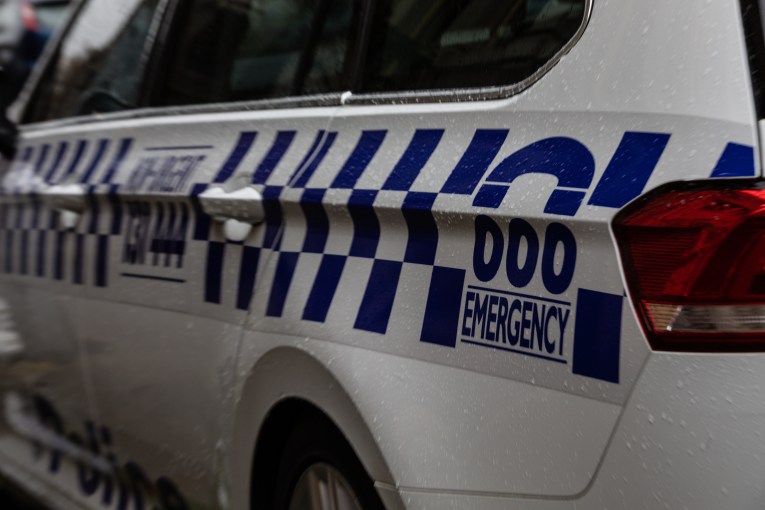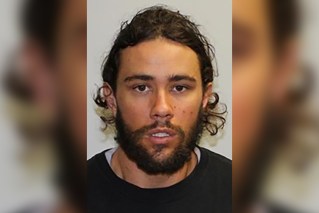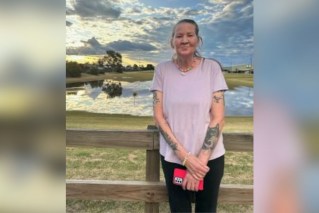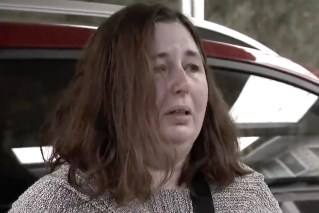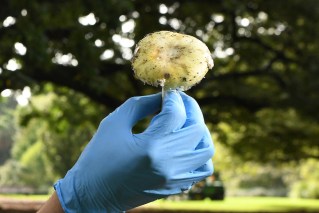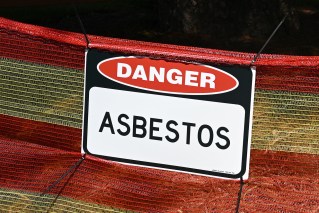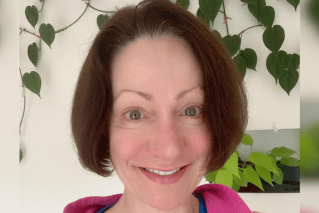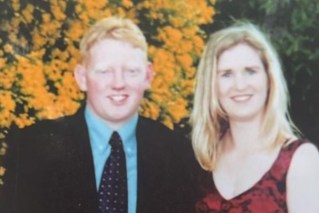Melbourne Street Count: Homeless see ‘little point’ in seeking social housing
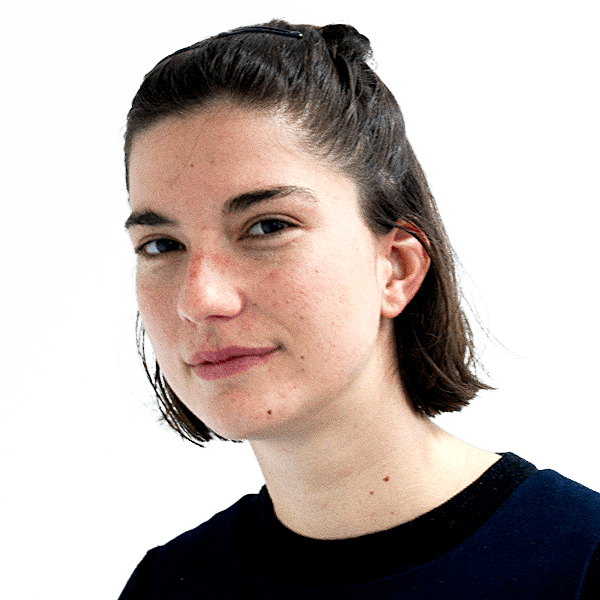
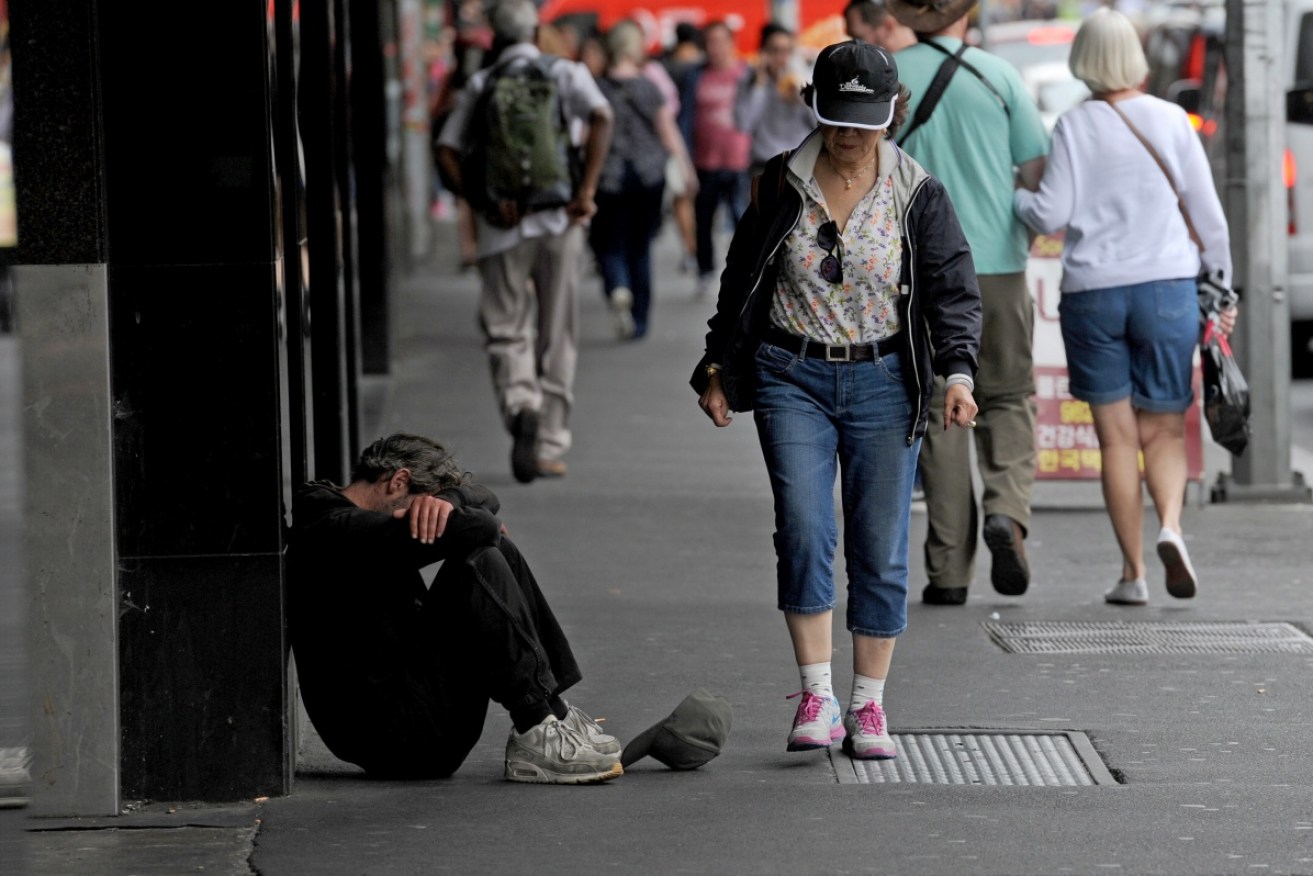
Hundreds of volunteers counted the number of homeless people across five councils on the night of June 19. Photo: AAP
More than half of Melbourne’s homeless people are not on the waiting list for housing because some view it as pointless, an advocate says.
There were 392 rough sleepers in inner Melbourne for the bi-yearly Street Count on the night of June 19, when temperatures dropped to just 3C.
The count extended beyond the City of Melbourne to include Port Phillip, Yarra, Stonnington and Maribyrnong councils for the first time.
About half of those counted were surveyed, while others were asleep. Of those surveyed, 42 per cent were on social housing waiting lists.
It means an astonishing 58 per cent of the city’s homeless were not attempting to access a crucial service.
Mark Feenane, executive officer at the Victorian Public Tenants Association (VPTA), said there were a few reasons behind that.
“Because rough sleepers do not have a fixed address, many struggle to keep up with the paperwork needed to stay on the waiting list,” Mr Feenane told The New Daily on Wednesday.
“Others may not be engaged with support services, do not want to deal with the bureaucracy, or feel there is little point because waiting times are so long.”
In March, there were 57,877 adults and 24,622 children seeking public housing in Victoria through 36,742 applications.
Jenny Smith, CEO of Council to Homeless Persons, said increased supply of public housing stock was urgent.
“We should be asking why the 42 per cent who’ve put up their hand to get a home are still languishing on waiting lists, and why the wait time is so long,” Ms Smith told The New Daily.
“Infrastructure Victoria has urgently recommended that Victoria add an additional 30,000 social housing properties over the next five years. The current Victorian government has plans for 6000 new social housing properties over the next five years.
“That is commendable, but will barely skim the top off the waiting list.”
Ms Smith said outreach workers would continue trying to get rough sleepers into housing.
But when the wait time for social housing can be many years, this is a huge challenge.”
The council said the real count could be higher due to harsh weather on the night of June 19.
Mr Feenane from VPTA noted the number of rough sleepers on the waiting list may be inaccurate given about half of those counted could not be surveyed.
But he said it was “a disgrace” 42 per cent were on the list.
“Right now, there are around 82,000 Victorians waiting for a place to call home and we have the lowest proportion of public housing in all of Australia.”
The Street Count saw a 15 per cent decrease in the number of homeless people in the same parts of City of Melbourne surveyed in 2016, though the raw numbers in the council saw a 13 per cent increase.
The 2016 count covered just 20 per cent of the city. It logged 247 rough sleepers, which was down to 210 this year in the same area.
But the total City of Melbourne count was 279 in June.
There were an additional 65 rough sleepers in Port Phillip, 29 in Yarra, 16 in Maribyrnong and three in Stonnington.
Fourteen per cent of people surveyed had been transient for more than five years.
Most of those surveyed (78 per cent) were male, and more than half (54 per cent) were aged 26-40. About one-third were aged 41 to 60.
Aboriginal and Torres Strait Islander people were overrepresented in the Street Count, with 14 per cent identifying as Indigenous.
Just 2.5 per cent of the national population identified as Aboriginal and Torres Strait Islander in the 2016 Census.
The count helps councils and governments to understand rough sleeping to better plan support, services and work towards solutions.
Victorian Housing Minister Martin Foley was optimistic the state government’s investment in homelessness and housing was working, despite more work to be done.
He said it was a task requiring effort from all levels of government.
Mr Feenane called on the federal government to up its homelessness and housing contribution to end “a national shame” of housing shortages.
The state government is constructing 6000 additional public housing units, and redeveloping dilapidated estates as part of the Public Housing Renewal Program sell-off.
The state government is also supporting about 4500 people to maintain or secure private rentals.
A $45 million action plan targets those at risk of homelessness to get them housed quickly.
